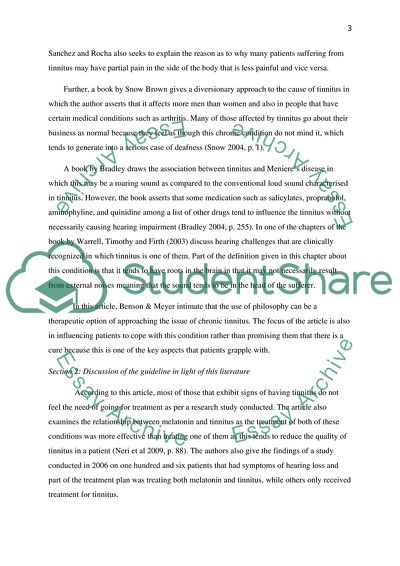Cite this document
(A Critical Review on the Management of Tinnitus Report, n.d.)
A Critical Review on the Management of Tinnitus Report. https://studentshare.org/health-sciences-medicine/1820730-a-critical-review-on-the-management-of-tinnitus
A Critical Review on the Management of Tinnitus Report. https://studentshare.org/health-sciences-medicine/1820730-a-critical-review-on-the-management-of-tinnitus
(A Critical Review on the Management of Tinnitus Report)
A Critical Review on the Management of Tinnitus Report. https://studentshare.org/health-sciences-medicine/1820730-a-critical-review-on-the-management-of-tinnitus.
A Critical Review on the Management of Tinnitus Report. https://studentshare.org/health-sciences-medicine/1820730-a-critical-review-on-the-management-of-tinnitus.
“A Critical Review on the Management of Tinnitus Report”. https://studentshare.org/health-sciences-medicine/1820730-a-critical-review-on-the-management-of-tinnitus.


